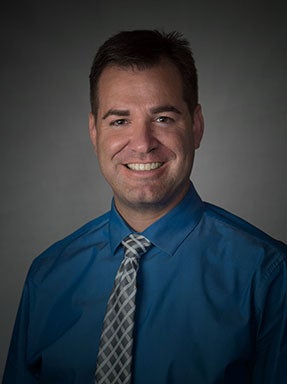Real-Time Measurements of Oxygen in a Living Body
Inside a chemistry lab at the University of Denver, a team from the Division of Natural Sciences and Mathematics is working to change the way researchers measure oxygen in a living body. For the better part of two decades the researchers have worked to construct — and now commercialize — an imaging system, similar in concept to an MRI. The resulting images of tissue physiology could provide real-time information about medical conditions — for example, a cancerous tumor.
“We’ve been working to develop methods to measure oxygen inside a tumor and to get those results in real time,” says Gareth Eaton, a professor in the Department of Chemistry and Biochemistry. “Now we are working on instrumentation that will be small enough and portable enough that it can be done in pharmaceutical labs.”
The ability to get results in real time would be a game-changer for researchers. “Right now when people are treating diseases, they sometimes have to wait weeks or months for the overall outcomes,” says Sandra Eaton, chair of the department. “You learn an awful lot more if you can monitor in real time. You can tell if you are truly making a difference, not waiting for a disease to run its course.”
Thanks to a pilot grant from DU’s Knoebel Institute for Healthy Aging, the Eatons are expanding their research to see if they can measure oxygen levels in the brain. A lack of oxygen can lead to shock, stroke and even cardiac arrest.
“Developing this type of instrumentation is part of a long-term change that is happening in medicine,” says Sandra Eaton. “The ability to really get down to the molecular level and determine what is happening in the human body will allow us to see why some treatments work better and why some are unfortunately worse.”















